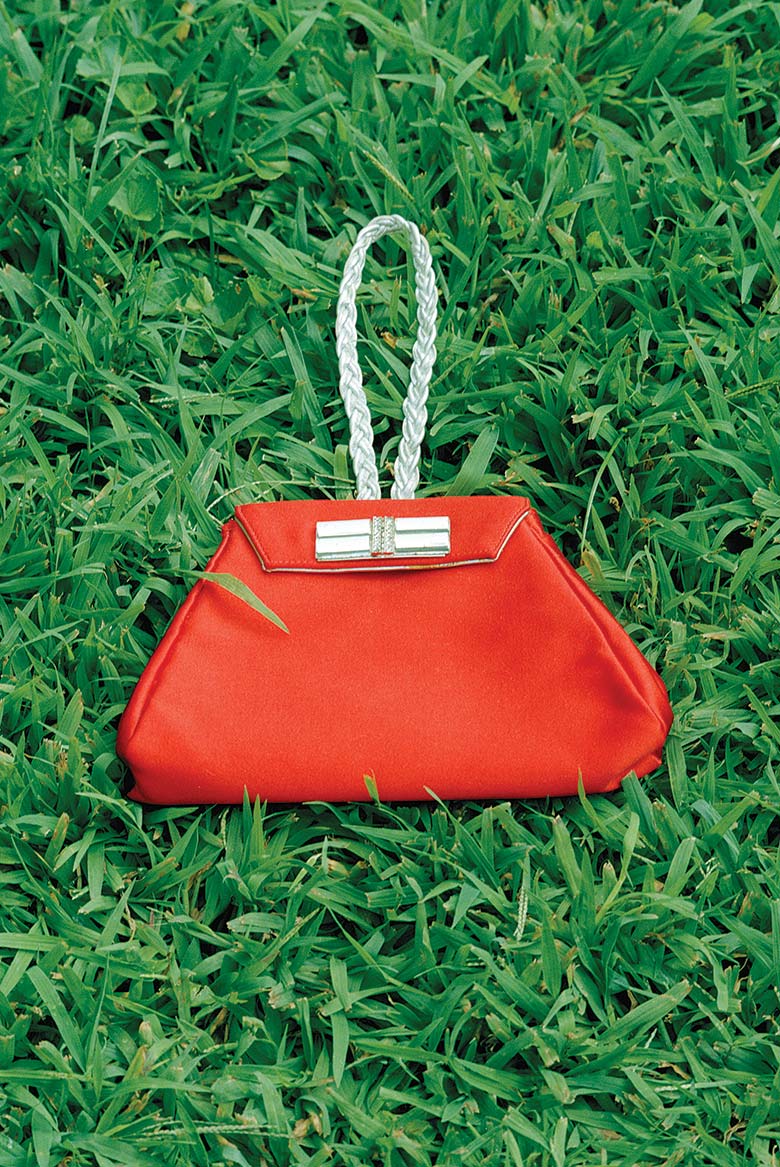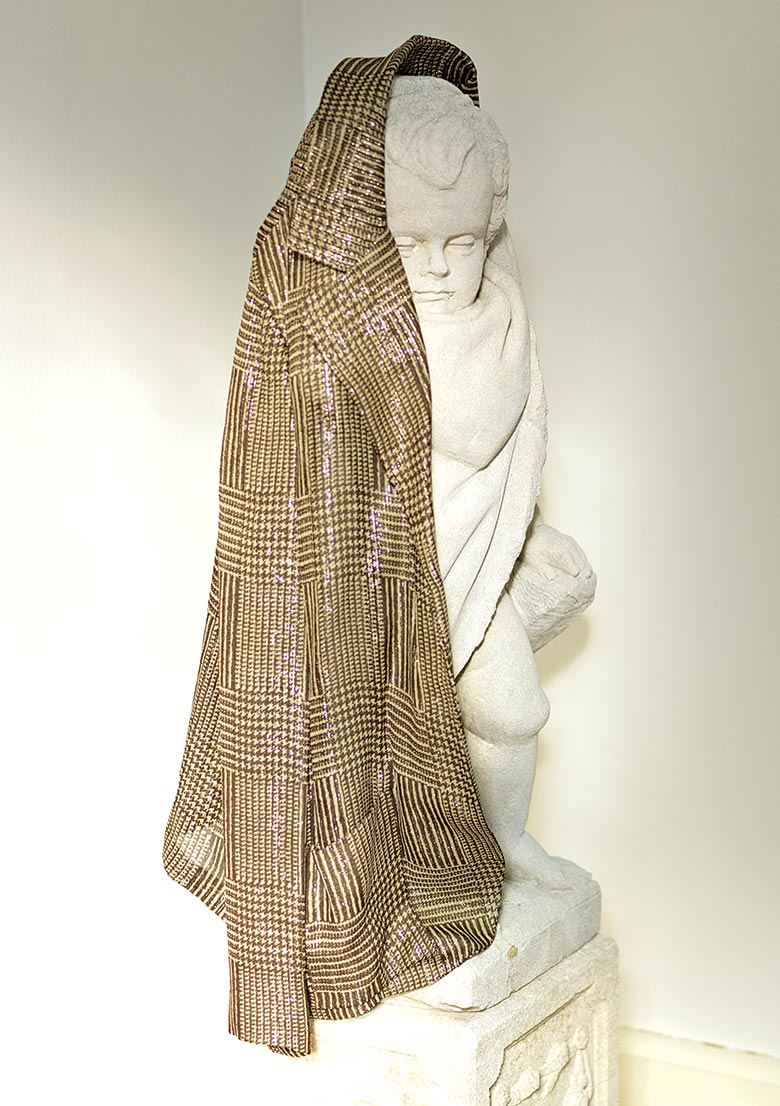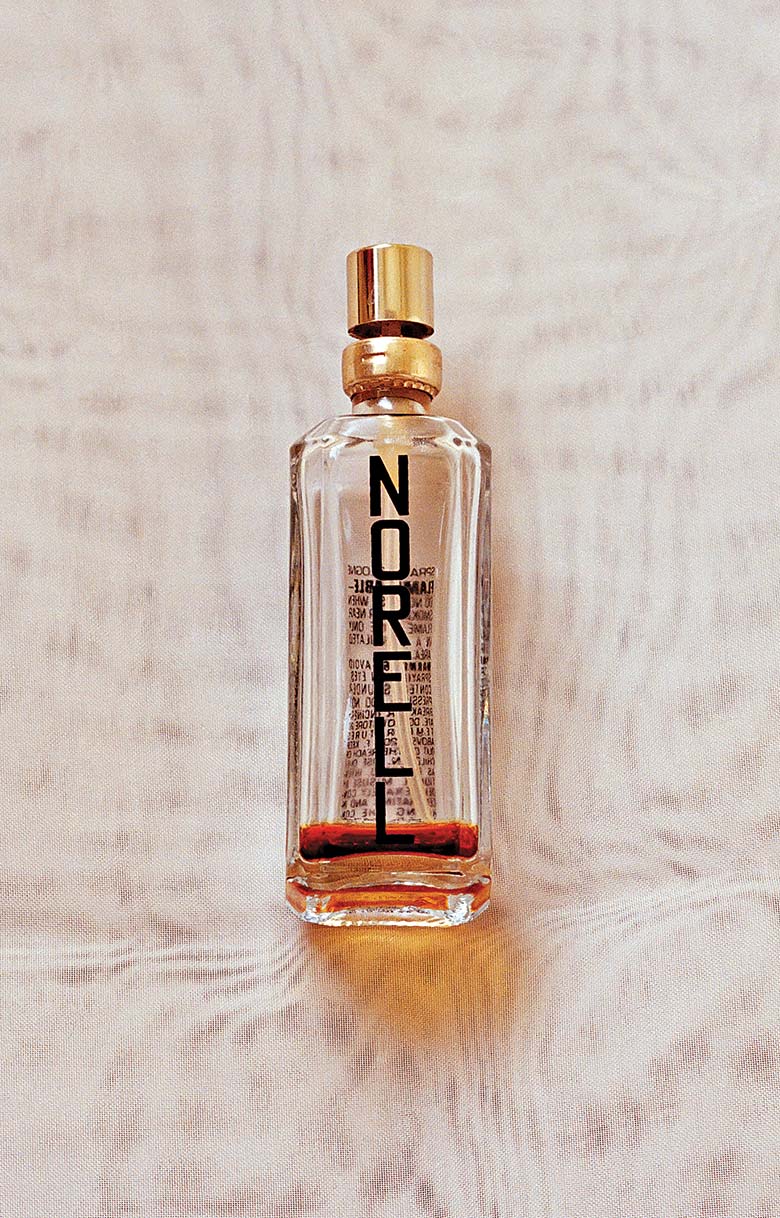THE CALIFORNIA CLOSETS MAGAZINE
 Eleanor “Ellie” Morgan Montgomery Atuk (left) was a genteel force in Atlanta society during the mid 20th century. She married her college sweetheart, an heir to the Coca-Cola bottling fortune, and loved exquisite clothes, especially those by designers like Bill Blass, Yves Saint Laurent, and Norman Norell. She carefully curated her lifetime collections in spacious, organized closets.
Eleanor “Ellie” Morgan Montgomery Atuk (left) was a genteel force in Atlanta society during the mid 20th century. She married her college sweetheart, an heir to the Coca-Cola bottling fortune, and loved exquisite clothes, especially those by designers like Bill Blass, Yves Saint Laurent, and Norman Norell. She carefully curated her lifetime collections in spacious, organized closets.

Mama always told me, “Take some ‘mad money’ with you on a date. If you get mad, you can just leave.”
In 2006 Ellie’s mind began to fade, and her daughter, Jeannette Montgomery Barron, started photographing her mother’s cherished pieces of clothing, shoes, and other personal possessions as a way to jumpstart Ellie’s memories—and stunt her own sense of loss. Even when she could no longer recall her daughter’s name, the photographs drew out reminiscences of where and when she’d worn her clothing and the paths she’d traveled in the favorite shoes and other items picked up at the shopping haunts she called “the Bs”: Bendel’s, Bergdorf’s, Bonwit’s, and Bloomingdale’s.

My childhood home was very formal, designed after a mansion in Vézelay, France. My mother had seen a picture of the house in a book and hired a local architect to replicate it. They were just putting on the finishing touches when I was born. Every year on my birthday my mother told me the same story. Grass seed had been planted the day she went to the hospital to deliver me; when she brought me home, the grass was starting to sprout.
To create this photographic album, Montgomery Barron paired each item with a meaningful background—a toile that wallpapered the family home or a tablecloth from 21, one of her mother’s favorite New York City restaurants. Over the years of Ellie’s illness, Montgomery Barron worked daily, climbing a tall ladder to attach fabric to strings fixed on a cornice to avoid marring the wall in the Rome apartment she shared with her husband, James Barron, an art gallerist. Once the work was completed, Montgomery Barron would carefully pack the portfolio and take it with her on her next visit to the States, first to her mother’s home outside Charlottesville, Virginia, and later, as the disease worsened, to a care center, where her mother died in 2007.

Welcome Books published the photo collection called My Mother’s Clothes in 2009. “In the years since she’s been gone,” Montgomery Barron writes in a caption accompanying a photo of a Chester Weinberg fur coat in that book, “I’ve taken to curling up beneath my mother’s fur coat; it comforts me. Her name is embroidered inside, ‘Ellie M.,’ so it could easily be identified at a party filled with fur-wearing women. Sometimes I take naps with the coat as a blanket and am transported by the mixture of smells and a lingering odor of a perfume no longer in existence.” The woman who wore the scent of Norell’s (above) is gone, but this visual portrait remains an enduring tribute to the breadth and joy of a mother’s life—and to the depth and gratitude of a daughter’s love.